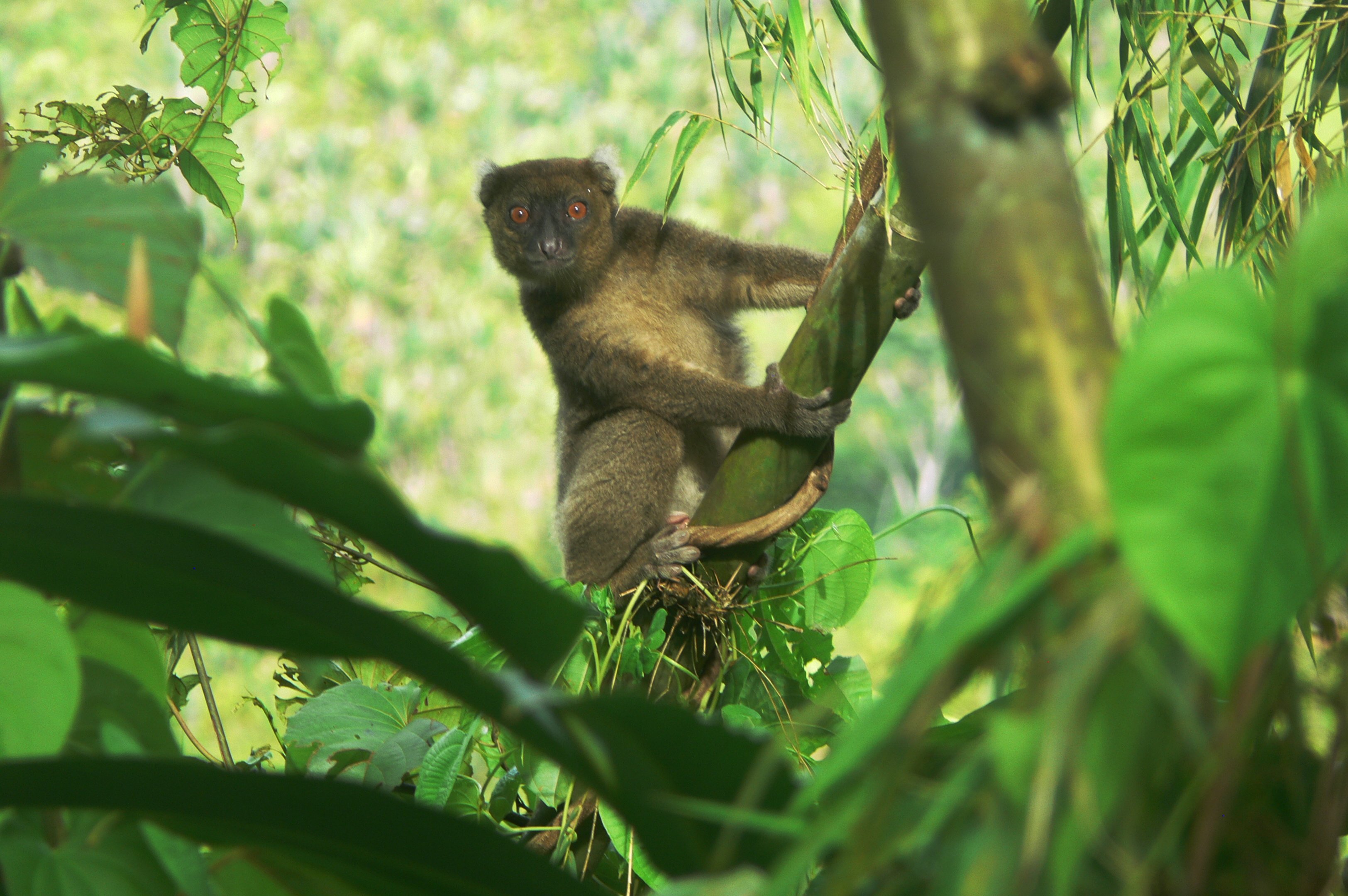Forest degradation is a recurring phenomenon throughout Madagascar every year. Unfortunately, Andriantantely forest is not spared from the devastating impact of this destructive behaviour: Tavy (Slash-and-burn agriculture), Teviala (Forest clearing for agriculture purpose) and illegal selective logging are recorded in the area every year, and have become even more severe since the start of the pandemic. While the previously named threats are affecting lemur’s habitat, hunting, trapping, and harvesting non timber forest products affect them directly. These threats have also increased since the start of the pandemic, mainly because of the lockdown, preventing the intervention in the area when threats are observed, and secondly, because the travel ban has impacted the income of people who rely mainly on the commerce of fruits and exotic products. Fortunately, the collaboration developed with local communities and local authorities has helped to intervene and run some of the activities despite travel limitations.
 Greater Bamboo Lemur © Hery Randriahaingo, The Aspinall Foundation
Greater Bamboo Lemur © Hery Randriahaingo, The Aspinall Foundation
In the fight against these threats we have given ourselves a mission of preventing the extinction of threatened species, in collaboration with local partners. Thanks to the support from IUCN-Save Our Species, we have been able to extend our actions both in terms of species and in terms of area covered. 25 rangers from 7 VOI (local community associations) and one locality around Andriantantely forest are now regularly monitoring both the forest and lemur population. In January 2021, our team has recorded a total of 280 births for the four critically endangered species, which are the main focus of our monitoring in the area: 92 births for the Greater Bamboo Lemur, 49 births of the Black-and-White Ruffed Lemur, 117 births for the Indri and 22 births for the Diademed Sifaka.
 Tending Saplings - Reforestation Project © Hery Randriahaingo, The Aspinall Foundation
Tending Saplings - Reforestation Project © Hery Randriahaingo, The Aspinall Foundation
One of our targets is also to ensure habitat connectivity through reforestation. Though it doesn’t fully make up for the forest lost in the area every year so far, forest cover recovery is proving successful! In fact, we have supported the production of nearly 25,000 native seedlings and the transplantation of over 15,000 saplings from December 2020 to February 2021. And having women involved into the reforestation is a significant step for our project. In the past, women stay in the background of the project, rarely participating in the association’s activities and rarely registered as member. We believe the community support project is the origin of the increase in people’s motivation to get engaged in the conservation and restoration project. Indeed, women are not the only unexpected participants in our reforestation project, we also have the association of football players helping and actively taking part.
This project is co funded by IUCN Save Our Species. The contents of this article are the sole responsibility of The Aspinall Foundation and do not necessarily reflect the views of IUCN.

